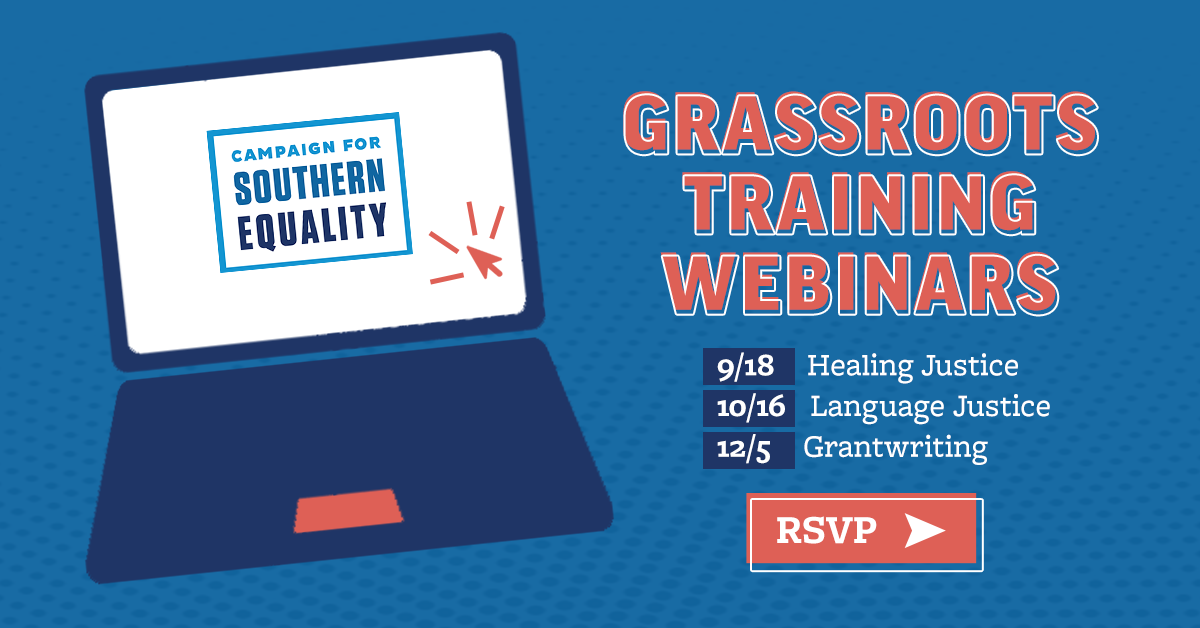Note: Click here to RSVP for Holiday Simmons’ Webinar, to be held on Wednesday, September 18!
I have an older brother, seven years my senior. As children, we were two peas in a pod, two tall, adventure-seeking kids. When my brother was twelve years old, on the first day of summer camp, he was hit in the eye with a tennis ball that had been hurled from only ten feet away by an automatic ball-launching machine. Another camper had turned it on in a classic adolescent curioso boundary-testing stunt. My brother suffered some internal bleeding, among other things, and the doctors recommended prescription medications and surgery. They predicted he might lose his sight completely. I was terrified to see my brother, my best friend, in such pain.
My mother may have filled the prescriptions, but she had other plans around caring for my brother; she put pure vitamin E in his eye, several times a day, I remember. I recognize that my five-year-old perspective is limited, but I can remember witnessing the medicine of my mama’s trust in her own wisdom and her belief in our planet’s resourcefulness. My brother never had to have the surgery, and he has not had long term complications.
Of course, that is not the point entirely: Even if he had lost sight, he would still be a full, able, important human. What I remember most powerfully was my mother’s process and perspective on addressing the injury and making sure he healed. I remember taking note of the evidence of trust in one’s own wisdom (as informed by many beings and things), belief in our planet’s resourcefulness, and a surrender to interdependence. This is the takeaway for me. This is what I witnessed in my richly Southern mama. This is healing justice.
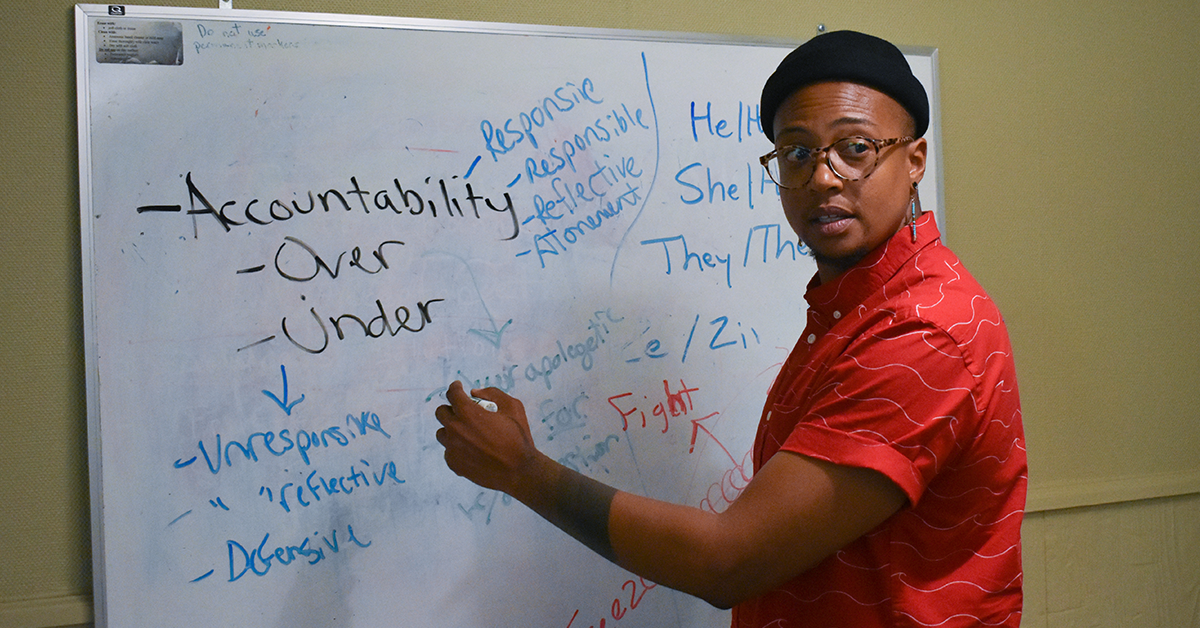
Healing Justice is a timeless way of caring for ourselves, for one another, and for the planet. From people gathering around a table to break bread and have conversation to midwifery, from river ceremonies praying for the water to catching the spirit while being baptized in the river, these are all Southern ways of sustaining our social, emotional, ecological, and spiritual selves.
While Indigenous people all over this planet have been engaged in healing justice practices for time immemorial, the term “healing justice”, however, was relatively recently coined. The term was developed in large part due to the work of Cara Page, a Black and Indigenous queer femme organizer. Through her work in helping to create the Healing Justice Practice Space at the 2010 US Social Forum, where the term arose, and through her work with the Kindred: Southern Healing Justice Collective, Page is one of the people that helped birth healing justice movements. She describes it by saying, “Healing justice identifies how we can holistically respond to and intervene on current and generational trauma and violence, and to bring collective practices that can impact and transform the consequences of oppression on our bodies, hearts and minds.”
Healing Justice is a timeless way of caring for ourselves, for one another, and for the planet.” – Holiday Simmons
Nearly a decade later, we are seeing a rise in social justice movements and non-profit organizations incorporating healing, wellness and resilience into their internal staff work and public-facing work. The initiatives on wholeness and sustainability are answering a call to competing individual and community pressures. Individuals can burn out from an imbalance between community demands and personal maintenance. Organizations can implode from interpersonal conflict. Formations of groups and coalitions can fracture and splinter from complex needs and processes. Throughout all of these trials – and as so many of us grapple with the gaps between our values and our actual practices – we are called to bravery, vulnerability, embodiment, and sustainability.
Working with the Campaign for Southern Equality
The Campaign for Southern Equality (CSE) is similar to many other social justice organizations in the ways that it is tending to staff and community’ wounds and to wellness. While working to build a South where LGBTQ people are equal in every sphere of life, CSE is also including healing, wellness and resilience work as a part of that vision. For just over a year, I have had the honor of being the Resident in Healing and Resilience at CSE, training staff on issues of trauma and resilience, and in introductory somatic practices. Working with staff, I have led a year-long pilot project that is now evolving into an ongoing part of CSE’s work.
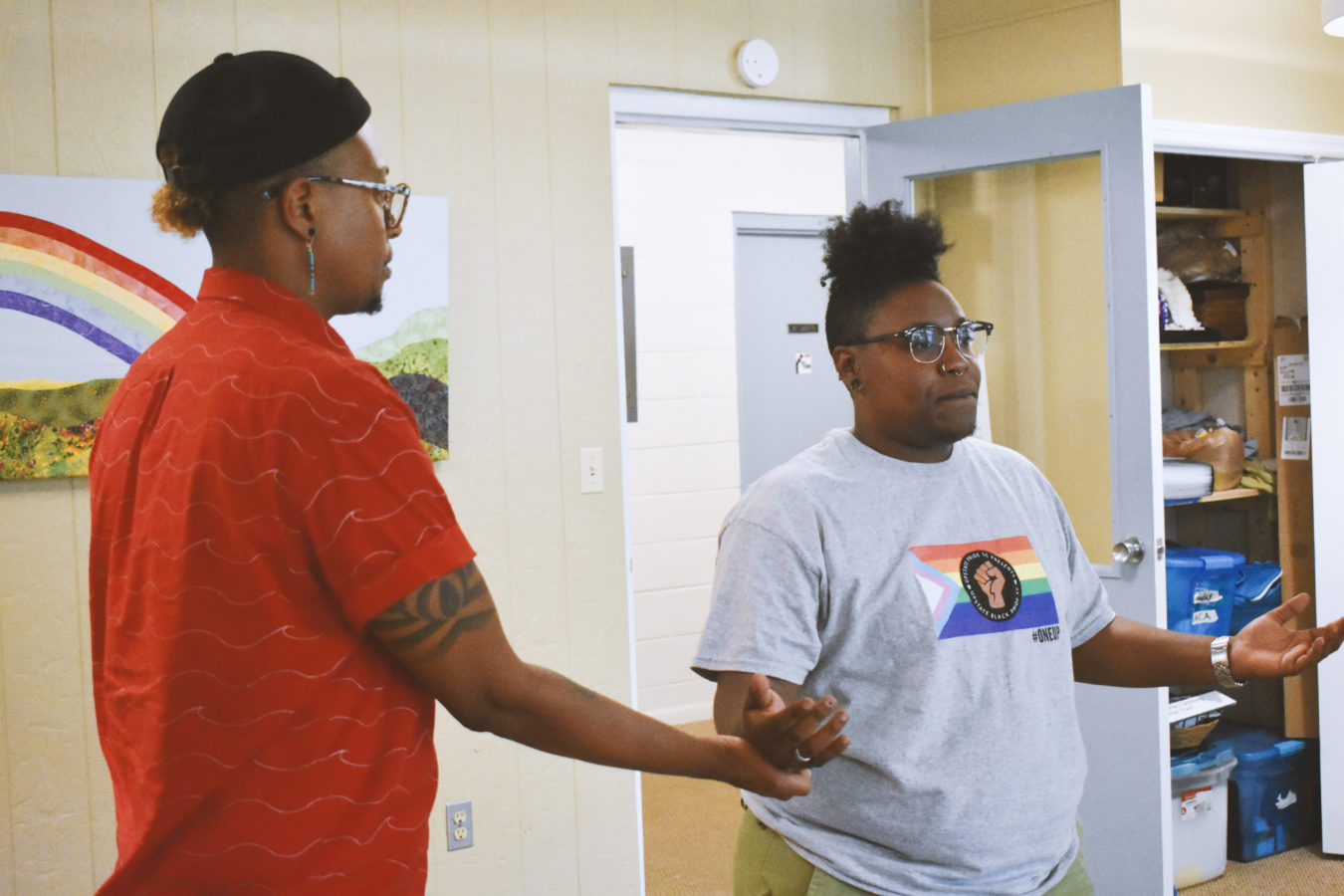
Staff at CSE have been exploring a politicized somatics, I should note. Somatics is a practice-able theory of change and a healing modality. Generative Somatics states, “A politicized somatic theory understands the need for deep personal transformation, aligned with liberatory community/collective practices, connected to transformative systemic change.” Through various body-based and movement practices, somatics works through the body, engaging us in our thinking, emotions, commitments, vision and action.
Since August of 2018, the CSE staff has experienced 15 hours of somatic group work, and each staff person has had an average of six one-on-one somatic coaching sessions with me. In the spirit of being intentional, mindful, and reflective, this article serves to share our process, highlight some of the lessons learned in the first year, and share our plans for moving forward.
A politicized somatic theory understands the need for deep personal transformation, aligned with liberatory community/collective practices, connected to transformative systemic change.” – Generative Somatics
Organizational Road to Wellness
CSE has been on a worker-centered, whole-self sustainability path. Prior to engaging in wellness, resilience, and somatic work, CSE already offered a range of benefits to employees. The organization currently pays the full premium for workers who enroll in a group health plan, which includes coverage for mental health services. Each year, staff are encouraged to develop an individual professional development plan and receive a stipend to pursue training, coaching, certifications, and other skill-building or sharpening. Staff regularly convene for meals together during work time and optional social events and outings.
Our work together when it came to healing justice, then, was building on a strong foundation of care and attention to team members as individuals, as well as assessing internal group dynamics, and the overall shape of the group as a unit in relation to the communities we serve.
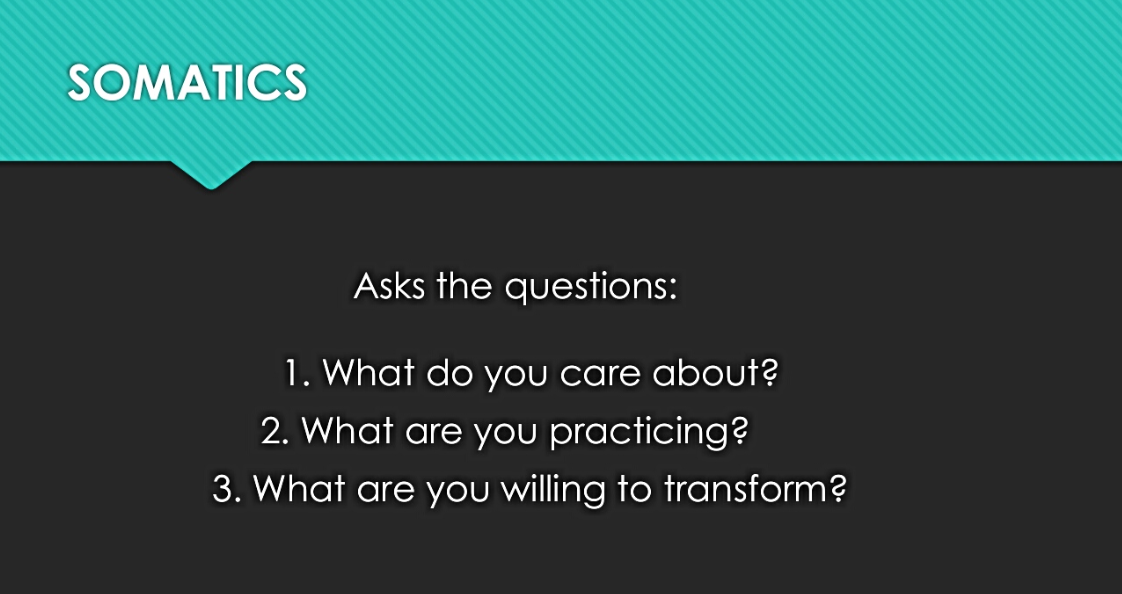
Lessons from Year One
1) CSE already having a culture of staff whole-self maintenance helped create an optimal atmosphere to integrate long-term wellness work.
2) Groups sessions were mandatory, but 1:1 somatic coaching sessions were optional. Having the Executive Director be the first to start the 1:1 work set an example and helped to encourage others to sign up for their own sessions.
3) Having the majority of staff opt in to receive 1:1 somatic coaching sessions allowed for the personal and group work to deepen, as each person began their own journey of somatic transformation with a shared language. In this way staff began to incorporate their learnings into their personal lives, their individual work lives, and in their internal work with one another.
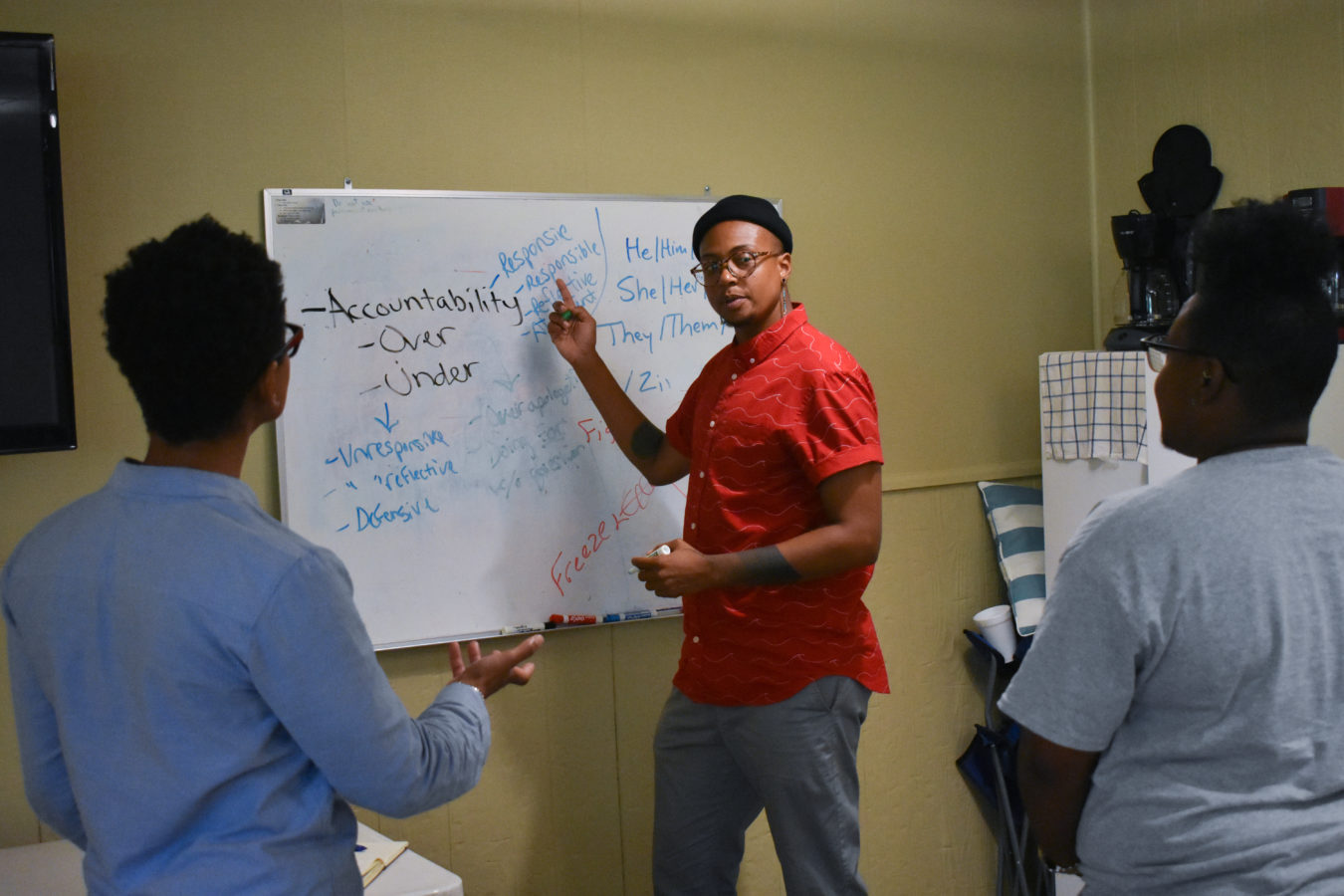
4) Group sessions were successive, with each one building upon the previous one. Having group sessions every two months required a significant amount of time on reviewing the previous session and practices. Repetition in the somatic practices is key, so to this end, it would have been ideal to have group sessions at least once a month in order to allow for reviewing previous practices and to introduce new ones. Time is often the human’s contender.
5) It was important for me to be nimble and allow the process to be guided in part organically. Being open to moving through the group curriculum at a slower place than was planned, taking the time needed to review, and to pause for changes in staff structures, were all helpful for staying in integrity to the process.
6) Somatics is just one of a myriad of healing modalities. It is the one that I’ve been trained in and practicing for my own personal transformation for the past six years. The coaching is a trauma-informed, resilience-centered, ever-evolving decolonizing effort that also includes talk therapy, homework assignments, and various Indigenous wellness practices. I encourage people with other healing and wellness gifts to consider supporting an organization you care about in similar ways.
Plans for Year Two
1) The healing and resilience work is being integrated and cross-referenced with deeper racial justice and language justice work that staff is being engaged in.
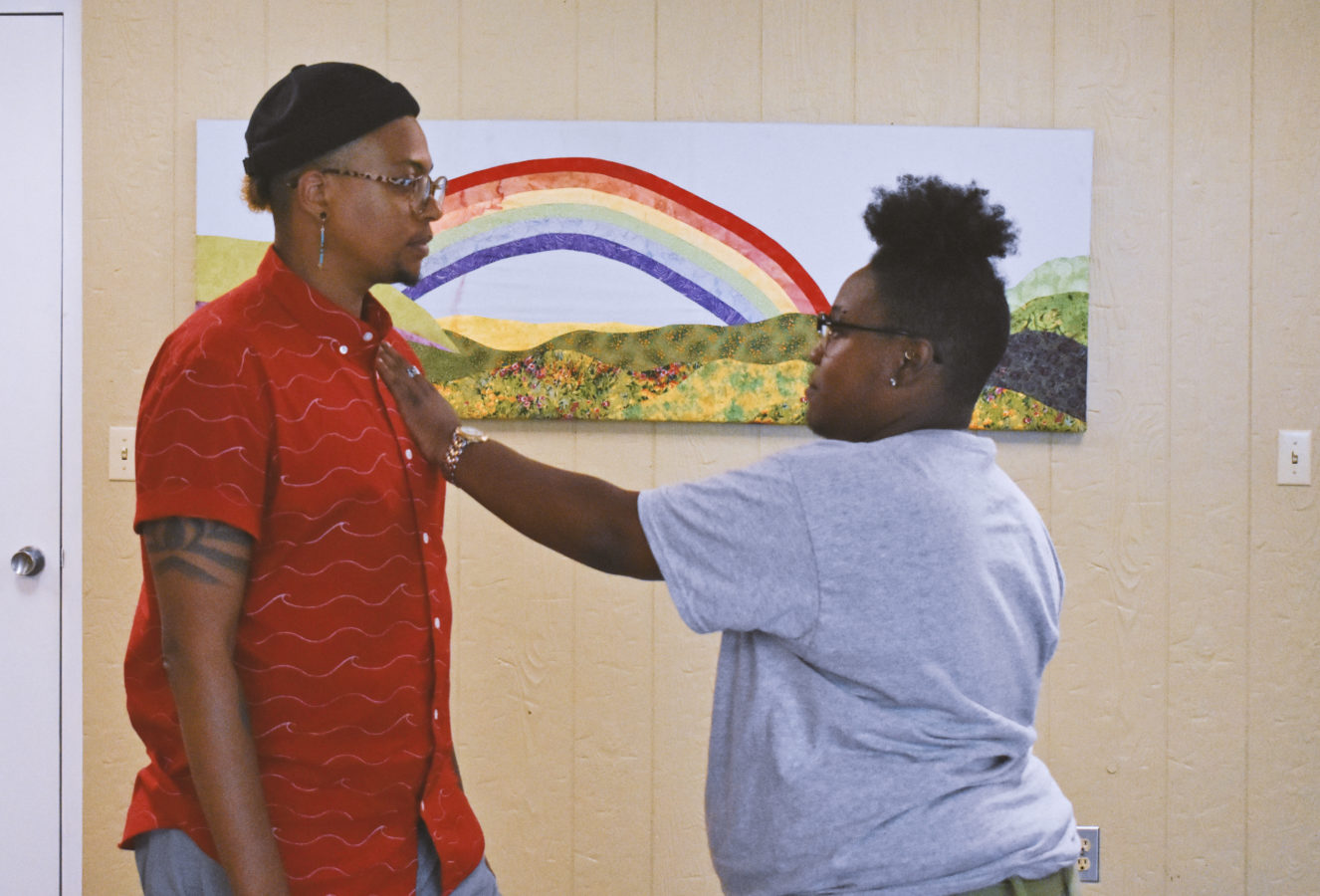 2) Staff will be given one-year assessments – not evaluations, but assessments. Assessments are consensual reflections on how people show up to their pressures and challenges, their joys and opportunities, their interaction with others, their capacity to both listen and to share, and a number of other factors.
2) Staff will be given one-year assessments – not evaluations, but assessments. Assessments are consensual reflections on how people show up to their pressures and challenges, their joys and opportunities, their interaction with others, their capacity to both listen and to share, and a number of other factors.
3) I will offer an organizational assessment of the Campaign for Southern Equality.
4) One-on-one sessions will continue, but group sessions may come to a halt as we start doing outward-facing work around healing and resilience.
5) We are determining where in our public programming work we will begin incorporating some of the embodied leadership, healing and resilience work and will begin piloting these efforts.
Learn More on September 18!
This pilot project was intended to be exploratory and brave. It was intended to start to unpack the answers to the questions, “What do you care about? What are you practicing? What are you willing to transform?” It is an experiment in practices rooted in old Southern ways of trying to be in right relationship with our privileges and accountabilities, in addressing our traumas and oppressions with curiosity and rigor, and with aligning our principles with our actions.
To learn more about the project, and gain tips on starting something similar, please join us for our webinar “Old Southern Ways” on September 18. Click here to register, or sign up below.
RSVP for One or More of the Webinars!
This post is also available in: Español (Spanish)

